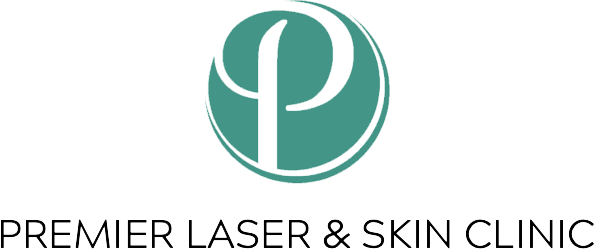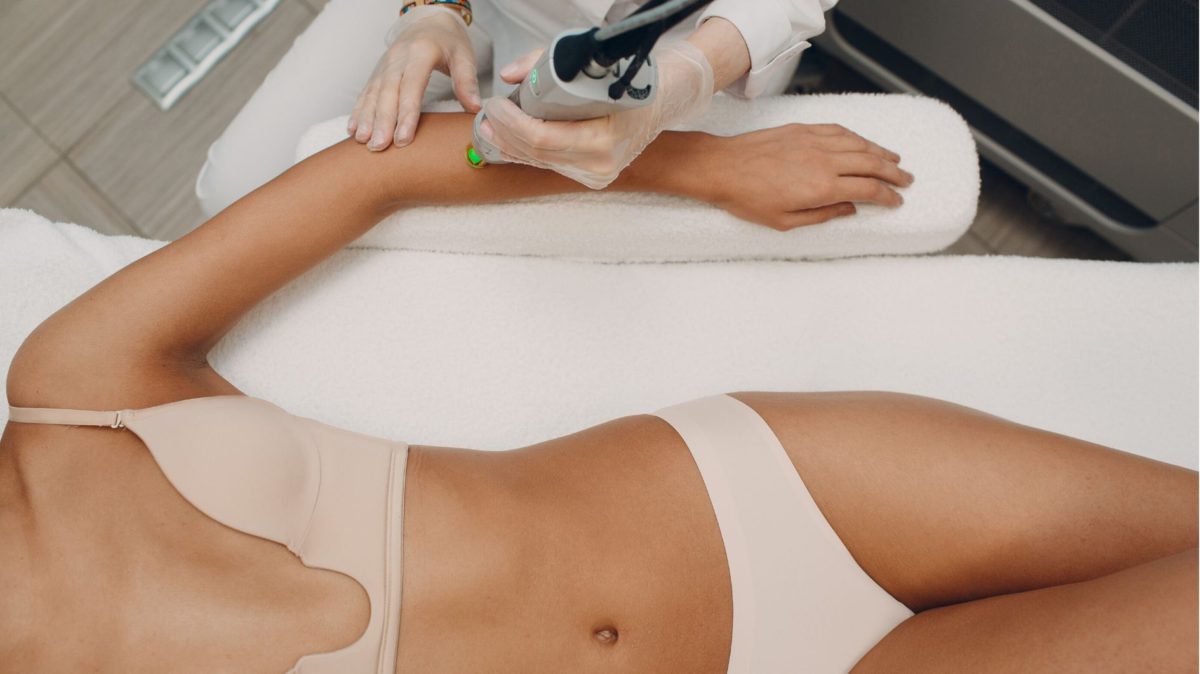Even the most visionary fashion designers couldn’t have predicted this seasons must-have accessories…..
Face masks !…
…and a full range of Personal Protective Equipment (PPE)

Face masks must now be worn on public transport and encouraged to be worn in public places and shops.
For now PPE is here to stay.
Wearing it however can pose problems for skin including acne, rashes and irritations. On top of this our skin has been fighting the ill effects of the lockdown including –
- stress
- lack of fresh air
- washing handles multiple times
- lack of sunshine
It is now more important then ever to be:
- Cleansing twice a day
- following a personalised skincare routine
- using skin appropriate products
Face masks and skincare
Wearing face masks for long periods of time can…
…prevent your skin breathing and causes an increase in surface bacteria and fabric rubbing against your skin can lead to friction and irritation. All this may promotes acne formation,flareups and rashes.
A new word has suddenly popped up to describe this phenomena. Maskne!.

‘Maskne’
People are noticing that wearing masks has made their acne and skin worse. (Maskne, invented by combining mask and acne, is now being used to describe this phenomenon).
This is because our skin sweats out dirt and bacteria plus the skins natural oils and makeup combine to build up under the fabric of the mask.
We also exhale millions of bacteria each time we breath out. As there is no air circulation behind the mask dirty air gets stuck behind it. The skin under your mask can get ‘sweaty’ and damp from the moisture in your breath and makes you susceptible to acne breakouts and irritation.
This can also lead to rashes especially in areas where the mask directly comes in contact with your skin.
Preventing ‘Maskne’, Irritations, Rashes & Breakouts
The questions skin experts and dermatologists are now asking is…
How can we eliminate the side effects of wearing personal protection so long periods of time?
Our skin experts have prepared you a handy guide with 7 tips to help fight back against ‘maskne’. After reading our 7 tips you will know the best way to keep your skin as healthy as possible while wearing PPE.
1 – Use the right type of protective mask for your skin health
Masks are here to stay for now. So choosing the right type is important.
- If you are using a reusable mask make sure to choose the right type of fabric which is breathable and kind on your skin. Not synthetic.
- Bear in mind that breathable fabrics can filter air in. Our experts recommend you to layer tightly woven cotton to maximise protection.
- Choosing natural fabrics like cotton and washable silk will help you protect your skin health too while you are protecting your health.
- If you prefer single-use mask, make sure to choose cotton-based ones.

2 – Clean mask, clean skin
- After using your mask, the air from your breathing and bacteria stays in the fabric.
- Buying spare masks will let you rotate and wash one while you are using the other so never have to wear a dirty mask. This will help you keep your skin away from bacteria.
- While washing your fabric mask, always use a gentle fragrance and enzyme-free detergent. If your skin still gets irritated from the detergent, you can wash your face masks without any soap, but make sure to wash your mask with boiling water so it gets cleared from bacteria.
- If you invest in single-use masks, make sure to use a fresh one every day you need to leave home.
- If you are running low on your single-use masks and you need to reuse one temporarily, air your mask for 2 days before you use it again. But try to use this as the last solution.

3 – Follow a strict skincare regimen
We always recommend investing in your skincare. The investment you make in your skin always comes back with great rewards.
- If your skin is prone to acne and breakouts, the constant use of masks will increase the risk. You might want to take extra care and spend more time on your skincare routine.
- Double cleansing your skin before bed each day will help to remove the unwanted bacteria from your skin.
- For a good deep cleansing, you can look into Hydrafacial treatment. Hydrafacial for your acne caused by wearing mask will clear up your skin from the dirt, bacteria and breakouts.
- Also, if your budget allows try not to go for cheap skincare products. Always try and choose the best quality. However, price is not always an indicator of quality.
If you are you in doubt about which skincare products and routine to follow our skin experts offer free skin consultations and skin advice. You can book your appointment online.

4 – Only use the mask when you need to
You currently must wear masks on public transport. And it is advisory elsewhere. Where it is safe to do so, try and take your mask off for your skin to breath.
- While you are not wearing your mask keep it we ventilated so it can dry off and won’t let the bacteria to live.
- If you don’t have anything to leave it securely to, you can wear it under your chin. Turn it inside out so the side you are breathing in to can get refreshed.
- Don’t leave your mask in closed or dirty areas between the times you are using it.
- Always disinfect your hands before you put your mask on.

5 – Use anti-oxidants in your skincare & salicylic acid for breakouts
It is good to get as much support as possible from your skincare!.
- To get rid of the bacteria on your skin caused by your mask try adding anti-oxidants to your skincare regimen.
- We highly recommend using Vitamin C as a powerful antioxidant that will help to clear up your skin. It will also repair and damage skin cells from wearing the mask.
- If you are experiencing breakouts try adding salicylic acid to your skin routine. Choose a cleanser with salicylic acid as this is a gentler way to add the ingredient to your skin and it can be washed off. Salicylic acid deeply cleans pores reducing sebum and excess oils.
6 – Give your makeup time off
If you usually wear makeup, try giving you skin a rest. After all if you face is covered up you probably don’t need as much anyway!. Makeup can cause further blockages of oil glands and pores which can make breakouts worse.
7 – Reduce rubbing with a barrier cream
Keep an eye on your skin since after wearing your mask.
For breakouts focus on treating the spots and cleansers for the acne
For rashes or dry skin use healing and soothing products.
If you are prone to irritation use a thicker barrier cream then normal before putting your mask on to reduce the rubbing effects. Look out for balms or oils which clam the skin instead of powerful actives.
If you wish to get more information about how to protect your skin, you can book free consultations with our skin experts.




































